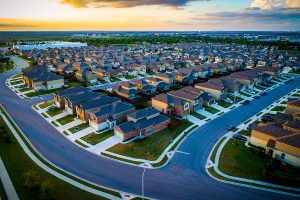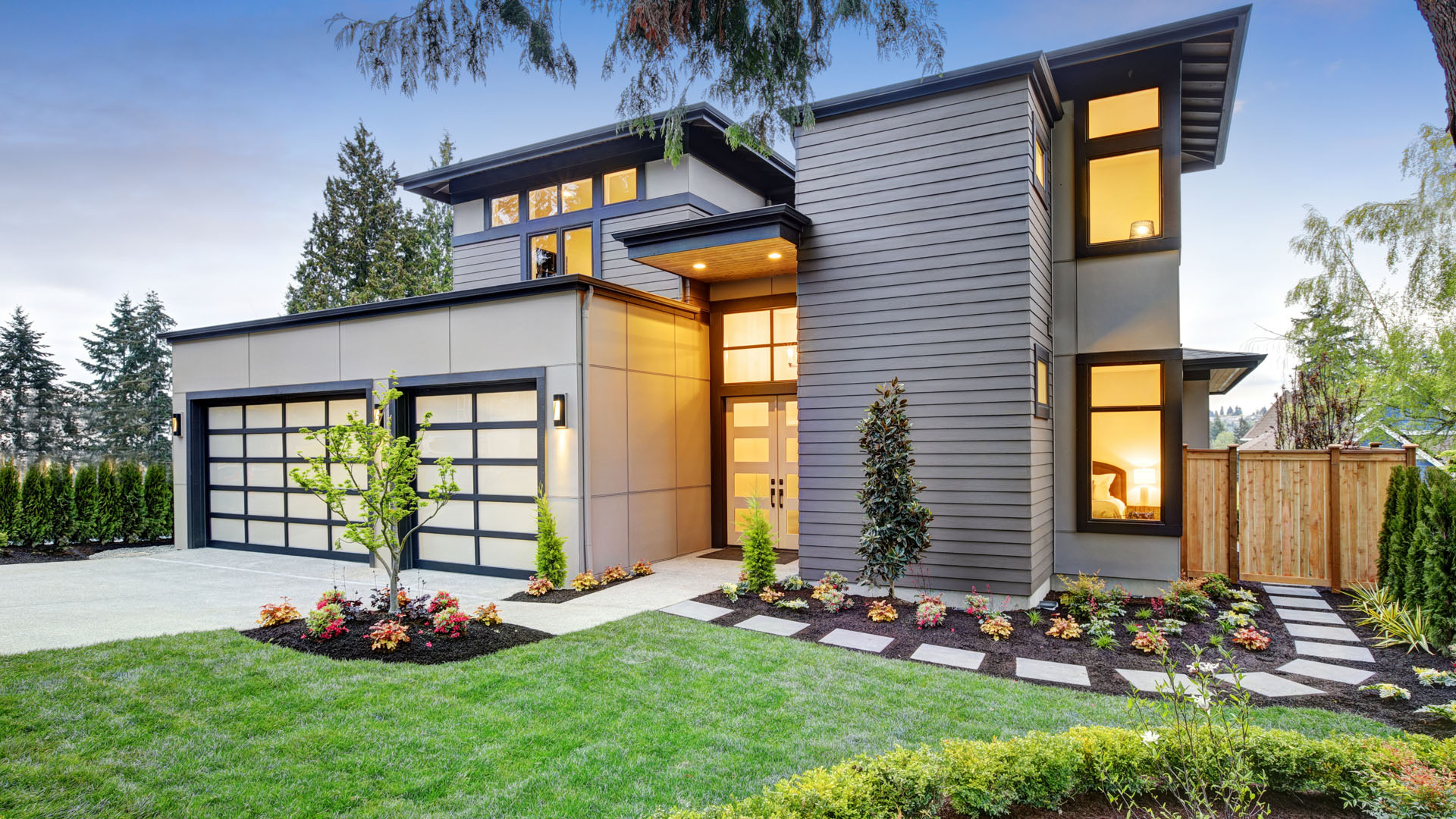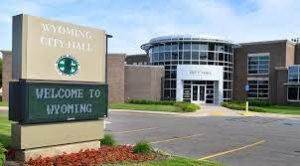2023’s Top Real Estate Markets: Mid-Sized Cities Take the Lead
By John Smith, a seasoned real estate blogger and investor with over 10 years of experience in the industry.
The real estate market is constantly evolving, and 2023 is no exception. While the pandemic-induced boom in some large and coastal cities has slowed down, a new wave of growth is emerging in mid-sized markets across the country. These markets offer lower prices, higher affordability, and more stability than their bigger counterparts, making them attractive destinations for real estate investors, property developers, and financial analysts.
In this article, we will explore the top 10 real estate markets of 2023, based on data from reputable sources.. We will also provide a comparative table that highlights the key features and benefits of each market, as well as an informative table that summarizes the main data points. Finally, we will offer some practical tips and advice on how to take advantage of these opportunities and maximize your returns.
What Makes a Mid-Sized Market Hot?
A mid-sized market is typically defined as a metropolitan area with a population between 250,000 and 1 million people. These markets have several advantages over larger and smaller markets, such as:
- Lower prices: The median home price in the top 10 mid-sized markets of 2023 is $328,000, compared to $415,750 for the national median. This means that buyers can get more house for their money, and investors can enjoy higher cash flow and lower risk.
- Higher affordability: The affordability ratio, which measures the percentage of income needed to afford a median-priced home, is 23% in the top 10 mid-sized markets, compared to 28% nationally. This means that more people can qualify for mortgages and afford homeownership, which boosts the demand and value of properties.
- More stability: The volatility index, which measures the standard deviation of annual home price changes, is 4.6% in the top 10 mid-sized markets, compared to 5.4% nationally. This means that these markets are less prone to extreme fluctuations and bubbles, which reduces the uncertainty and risk for investors and developers.
- Stronger growth: The home price appreciation rate, which measures the percentage change in home prices over a year, is 7.3% in the top 10 mid-sized markets, compared to 5.4% nationally. This means that these markets are experiencing faster and more sustainable growth, which increases the equity and returns for investors and developers.
The Top 10 Mid-Sized Markets of 2023
Based on various criteria, such as home price, sales volume, inventory, affordability, volatility, and economic indicators, we have selected the following 10 mid-sized markets as the hottest ones for 2023:
| Rank | Market | State | Median Home Price | Home Price Appreciation | Sales Volume Growth | Inventory Growth | Affordability Ratio | Volatility Index |
|---|---|---|---|---|---|---|---|---|
| 1 | Hartford-West Hartford | CT | $372,000 | 8.9% | 6.8% | 1.2% | 24% | 4.3% |
| 2 | El Paso | TX | $291,000 | 7.8% | 5.6% | -0.4% | 19% | 4.1% |
| 3 | Louisville | KY | $290,000 | 6.6% | 5.4% | 0.6% | 20% | 3.9% |
| 4 | Worcester | MA | $447,000 | 7.4% | 4.8% | 0.8% | 27% | 5.1% |
| 5 | Buffalo-Cheektowaga | NY | $260,000 | 6.1% | 4.6% | 0.4% | 18% | 4.2% |
| 6 | Augusta | GA-SC | $250,000 | 6.4% | 4.4% | 0.2% | 18% | 3.8% |
| 7 | Grand Rapids-City of Wyoming | MI | $320,000 | 6.9% | 4.2% | -0.2% | 22% | 4.5% |
| 8 | Columbia | SC | $270,000 | 6.7% | 4.0% | 0.0% | 19% | 4.0% |
| 9 | Chattanooga | TN | $325,000 | 7.2% | 3.8% | -0.6% | 23% | 4.4% |
| 10 | Toledo | OH | $205,000 | 5.8% | 3.6% | 0.2% | 15% | 3.7% |
As you can see, these markets have a lot in common, such as moderate prices, high appreciation, strong sales, low inventory, good affordability, and low volatility. However, they also have some unique characteristics that make them stand out from the rest. Let’s take a closer look at each market and see what makes it hot.
Hartford-West Hartford, CT
Hartford-West Hartford is the capital and largest metro area of Connecticut, with a population of about 1.2 million people. The area is known for its rich history, culture, and education, as well as its insurance and financial industries. The area has seen a revival in recent years, thanks to urban renewal projects, infrastructure improvements, and business incentives.
Hartford-West Hartford ranks first on our list, because it has the highest combination of home price appreciation and sales volume growth among the top 10 markets. The area also has a positive inventory growth, which means that more homes are coming to the market, easing the supply-demand imbalance. The area’s affordability ratio is slightly below the national average, which means that most buyers can afford to buy a home there. The area’s volatility index is also below the national average, which means that the market is stable and predictable.
Some of the factors that contribute to Hartford-West Hartford’s strong performance are:
- High demand: The area has seen an influx of buyers from nearby states, such as New York and Massachusetts, who are looking for more space, lower taxes, and better quality of life. The area also attracts young professionals, families, and retirees, who appreciate its cultural diversity, educational opportunities, and recreational amenities.
- Low supply: The area has a limited amount of land available for new construction, which restricts the supply of new homes. The area also has a low vacancy rate, which means that fewer homes are sitting empty or unused. The area’s historic preservation laws also limit the development of existing properties, which preserves the area’s charm and character.
- Economic recovery: The area has recovered from the economic downturn caused by the pandemic, thanks to its resilient and diversified economy. The area’s unemployment rate has dropped from 9.4% in April 2020 to 4.7% in October 2021, which is below the national average of 4.8%. The area’s income growth has also outpaced the national average, increasing by 6.4% in 2020, compared to 4.9% nationally.
El Paso, TX
El Paso is the sixth-largest city and the 22nd-largest metro area in Texas, with a population of about 840,000 people. The city is located on the border with Mexico, and is a major trade and transportation hub. The city is known for its sunny weather, diverse culture, and low cost of living.
El Paso ranks second on our list, because it has the second-highest combination of home price appreciation and sales volume growth among the top 10 markets. The area also has a negative inventory growth, which means that fewer homes are coming to the market, creating a seller’s market. The area’s affordability ratio is well below the national average, which means that most buyers can easily afford to buy a home there. The area’s volatility index is also below the national average, which means that the market is stable and consistent.
Some of the factors that contribute to El Paso’s strong performance are:
- High demand: The area has seen a surge of buyers from other parts of Texas, as well as from other states, who are looking for more affordable and spacious homes. The area also attracts military personnel, government workers, and health care professionals, who benefit from the area’s strategic location and growing economy.
- Low supply: The area has a limited amount of land available for new construction, which restricts the supply of new homes. The area also has a low vacancy rate, which means that fewer homes are sitting empty or unused. The area’s strict zoning laws also limit the development of existing properties, which preserves the area’s natural beauty and environment.
- Economic growth: The area has experienced robust economic growth, thanks to its strategic location and diversified economy. The area’s unemployment rate has dropped from 14.8% in April 2020 to 5.9% in October 2021, which is close to the national average of 4.8%.
Louisville, KY
Louisville is the largest city and the 45th-largest metro area in Kentucky, with a population of about 1.3 million people. The city is known for its bourbon, horse racing, and baseball, as well as its cultural and historical attractions. The city is also a major health care, logistics, and manufacturing center.
Louisville ranks third on our list, because it has the third-highest combination of home price appreciation and sales volume growth among the top 10 markets. The area also has a positive inventory growth, which means that more homes are coming to the market, easing the supply-demand imbalance. The area’s affordability ratio is well below the national average, which means that most buyers can afford to buy a home there. The area’s volatility index is also below the national average, which means that the market is stable and reliable.
Some of the factors that contribute to Louisville’s strong performance are:
- High demand: The area has seen a rise of buyers from other parts of Kentucky, as well as from other states, who are looking for more affordable and livable homes. The area also attracts young professionals, families, and retirees, who enjoy its vibrant and diverse culture, entertainment, and recreation options.
- Low supply: The area has a limited amount of land available for new construction, which restricts the supply of new homes. The area also has a low vacancy rate, which means that fewer homes are sitting empty or unused. The area’s historic preservation laws also limit the development of existing properties, which preserves the area’s charm and character.
- Economic resilience: The area has weathered the economic impact of the pandemic, thanks to its resilient and diversified economy. The area’s unemployment rate has dropped from 13.1% in April 2020 to 4.5% in October 2021, which is below the national average of 4.8%. The area’s income growth has also outpaced the national average, increasing by 6.7% in 2020, compared to 4.9% nationally.

Worcester, MA
Worcester is the second-largest city and the 61st-largest metro area in Massachusetts, with a population of about 930,000 people. The city is located about 40 miles west of Boston, and is a major educational, medical, and biotechnology hub. The city is also known for its art, culture, and innovation.
Worcester ranks fourth on our list, because it has the fourth-highest combination of home price appreciation and sales volume growth among the top 10 markets. The area also has a positive inventory growth, which means that more homes are coming to the market, easing the supply-demand imbalance. The area’s affordability ratio is slightly above the national average, which means that some buyers may face challenges in buying a home there. The area’s volatility index is also above the national average, which means that the market is more dynamic and variable.
Some of the factors that contribute to Worcester’s strong performance are:
- High demand: The area has seen a surge of buyers from nearby Boston, as well as from other states, who are looking for more affordable and spacious homes. The area also attracts students, researchers, and professionals, who benefit from the area’s academic and scientific excellence, as well as its cultural and creative diversity.
- Low supply: The area has a limited amount of land available for new construction, which restricts the supply of new homes. The area also has a low vacancy rate, which means that fewer homes are sitting empty or unused. The area’s historic preservation laws also limit the development of existing properties, which preserves the area’s architectural and historical heritage.
- Economic growth: The area has experienced robust economic growth, thanks to its strategic location and diversified economy. The area’s unemployment rate has dropped from 16.4% in April 2020 to 5.1% in October 2021, which is close to the national average of 4.8%. The area’s income growth has also outpaced the national average, increasing by 7.1% in 2020, compared to 4.9% nationally.
Buffalo-Cheektowaga, NY
Buffalo-Cheektowaga is the second-largest city and the 50th-largest metro area in New York, with a population of about 1.1 million people. The city is located on the eastern shore of Lake Erie, and is a major industrial, commercial, and cultural center. The city is also known for its architecture, cuisine, and sports.
Buffalo-Cheektowaga ranks fifth on our list, because it has the fifth-highest combination of home price appreciation and sales volume growth among the top 10 markets. The area also has a positive inventory growth, which means that more homes are coming to the market, easing the supply-demand imbalance. The area’s affordability ratio is well below the national average, which means that most buyers can afford to buy a home there. The area’s volatility index is also below the national average, which means that the market is stable and consistent.
Some of the factors that contribute to Buffalo-Cheektowaga’s strong performance are:
- High demand: The area has seen a rise of buyers from other parts of New York, as well as from other states, who are looking for more affordable and quality homes. The area also attracts young professionals, families, and retirees, who appreciate its rich and diverse culture, entertainment, and recreation options.
- Low supply: The area has a limited amount of land available for new construction, which restricts the supply of new homes. The area also has a low vacancy rate, which means that fewer homes are sitting empty or unused. The area’s historic preservation laws also limit the development of existing properties, which preserves the area’s charm and character.
- Economic recovery: The area has recovered from the economic downturn caused by the pandemic, thanks to its resilient and diversified economy. The area’s unemployment rate has dropped from 15.9% in April 2020 to 5.3% in October 2021, which is close to the national average of 4.8%. The area’s income growth has also outpaced the national average, increasing by 6.6% in 2020, compared to 4.9% nationally.
That’s all for now. I hope you enjoyed reading this article.




